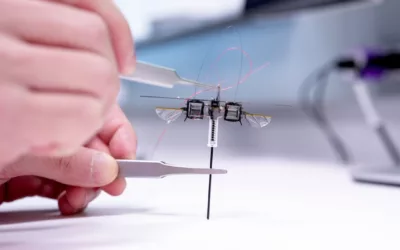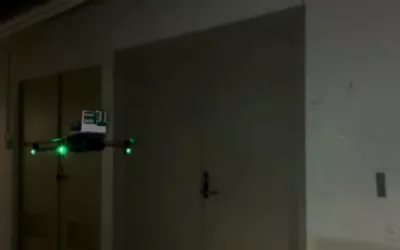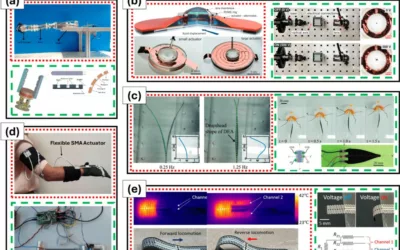After successfully completing its primary mission, the CubeSat is scheduled to make a close flyby of Earth on Tuesday, May 16. As a farewell gesture, NASA’s Eyes on the Solar System app will enable users to track the spacecraft’s journey.
Although NASA’s Lunar Flashlight mission to the Moon has concluded, the compact spacecraft, resembling a briefcase in size, will soon venture into deep space after passing near Earth. The CubeSat will approach our planet’s surface at a distance of approximately 40,000 miles (65,000 kilometers) on Tuesday, May 16, at 9:44 p.m. PDT (Wednesday, May 17, at 12:44 a.m. EDT).
NASA’s Eyes on the Solar System, a 3D visualization tool, will allow real-time tracking of this small satellite, offering users a front-row seat to witness the flyby. This tool also provides detailed information about the spacecraft’s orbit and its upcoming deep space expedition. Moreover, amateur astronomers in the Southern Hemisphere may have the opportunity to observe the CubeSat through their telescopes.
Barbara Cohen, the principal investigator of Lunar Flashlight at NASA’s Goddard Space Flight Center in Greenbelt, Maryland, explained, “As Lunar Flashlight zooms by, it may reflect enough sunlight from its solar panels that it could be seen through a modest telescope. Depending on its orientation and position, it could appear as a moving dot with a magnitude of 5 or 6.” Although it will still be tens of thousands of miles away, the sunlight reflecting off the CubeSat’s solar panels may be visible to those with clear and dark skies. The magnitude of an astronomical object determines its brightness. With a magnitude of 5 or 6, the CubeSat might be observable by backyard telescopes during its closest approach over the east coast of Brazil. Interested observers can use NASA Horizons to ascertain the exact location of the Lunar Flashlight in the sky.
Launched on December 11, Lunar Flashlight embarked on an extensive, looping trajectory far beyond Earth’s orbit. It has now returned to a closer proximity to our planet, having been influenced by the gravitational forces of both Earth and the Moon.
The spacecraft was initially designed to test new technologies and explore the permanently shadowed craters located at the Moon’s South Pole to address existing knowledge gaps. However, shortly after its launch, the operations team discovered that the CubeSat’s four thrusters were not performing optimally. Despite months of troubleshooting efforts to rectify the situation, time constraints prevented the spacecraft from executing critical maneuvers required for achieving an orbit around Earth and conducting monthly flybys of the Moon’s South Pole. Consequently, NASA decided to conclude the remaining part of the mission. Nevertheless, the spacecraft’s other systems are functioning well, and it maintains communication with mission operators. NASA is currently evaluating future options for Lunar Flashlight. Following its Earth flyby, the CubeSat will continue its journey and enter an orbit around the Sun. In November 2037, Lunar Flashlight’s orbit will bring it close to Earth once again.
Additional Details about the Mission:
Managed by NASA’s Jet Propulsion Laboratory, a division of Caltech in Pasadena, California, Lunar Flashlight involves the operational contributions of graduate and undergraduate students from Georgia Tech. The science team overseeing Lunar Flashlight is led by NASA’s Goddard Space Flight Center in Greenbelt, Maryland, with participation from multiple institutions, including the University of California, Los Angeles; Johns Hopkins University Applied Physics Laboratory; and the University of Colorado.
The propulsion system of the CubeSat was developed by NASA’s Marshall Space Flight Center in Huntsville, Alabama, with support from Georgia Tech in terms of development and integration. Component development for Lunar Flashlight was funded through NASA’s Small Business Innovation Research program, involving
contributions from small businesses such as Plasma Processes Inc. (Rubicon) for thruster development, Flight Works for pump development, and Beehive Industries (formerly Volunteer Aerospace) for specific 3D-printed components. The Air Force Research Laboratory also provided financial support for the development of Lunar Flashlight’s propulsion system. The Small Spacecraft Technology program, based at NASA’s Ames Research Center in Silicon Valley and operating within NASA’s Space Technology Mission Directorate, provides the funding for Lunar Flashlight.








